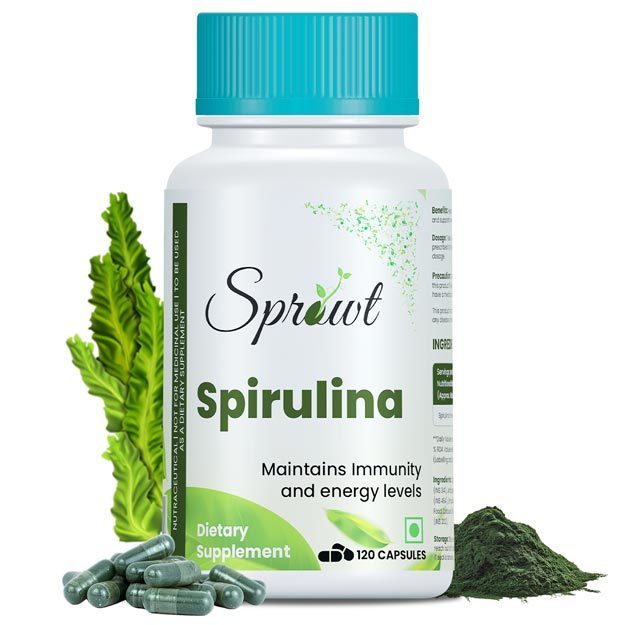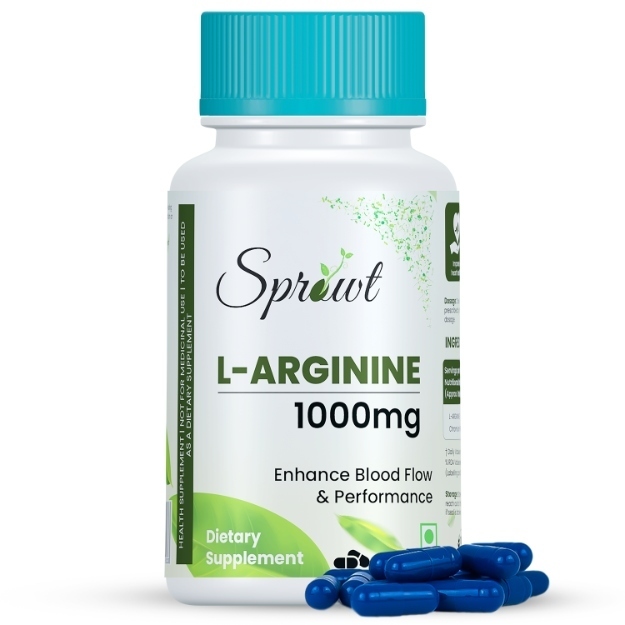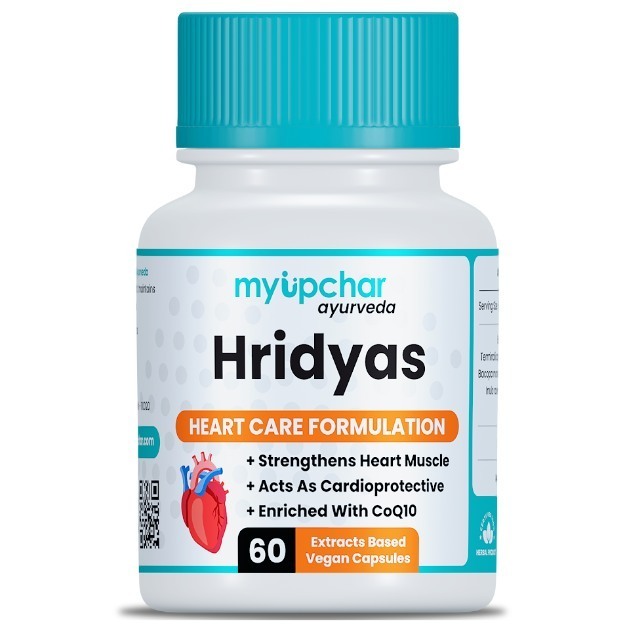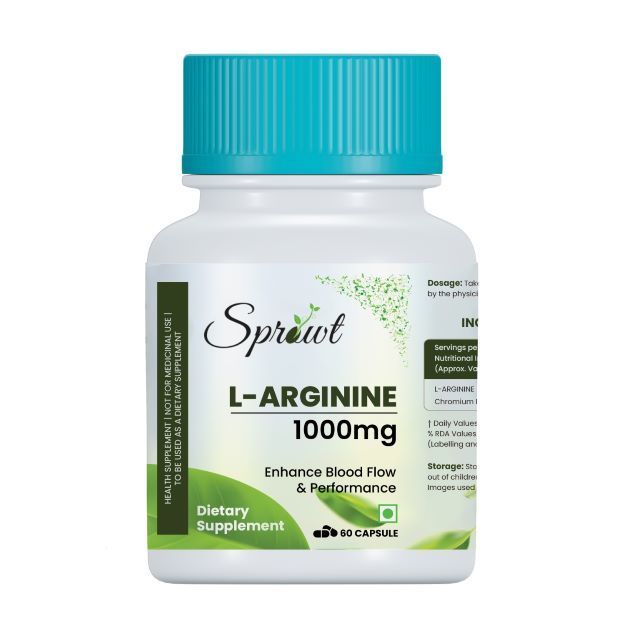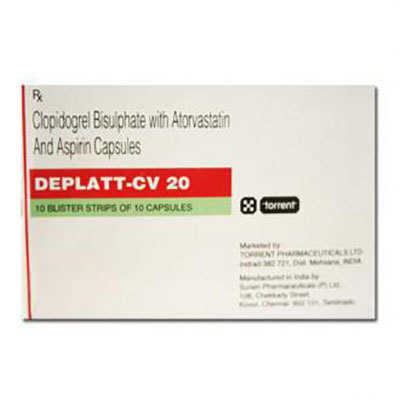Faximab Injection is a prescription drug, available for use as Injection. Angina, Coronary Artery Disease are some of its major therapeutic uses. Other than this, Faximab Injection has some other therapeutic uses, which have been discussed ahead.
Medical history of the patient along with age and gender determines the dosage of Faximab Injection. Individual symptoms and route of administration also determines the right dosage. Detailed information has been provided in the dosage section.
The most common side effects of Faximab Injection are Bleeding, Reduced blood platelets, Blurred vision. Apart from the aforementioned side effects, Faximab Injection can also lead to other problems, which have been listed below. Such side effects of Faximab Injection normally do not last long and go away once the treatment is completed. If, however, they worsen or do not go away, please speak with your physician.
Faximab Injection's effect during pregnancy is Unknown and Unknown while nursing. Further, the section on Faximab Injection related warnings talks about Faximab Injection's effects on the liver, heart and kidney.
Faximab Injection is not recommended if you suffer from certain medical conditions as it can have adverse effects. Bleeding, Hemorrhagic Cystitis, Thrombocytopenia and ITP are examples of such conditions.
Drug interactions for Faximab Injection have been reported in the medical literature. See below for a complete list.
You should also be aware that Faximab Injection is safe while driving, and is addiction.
X






